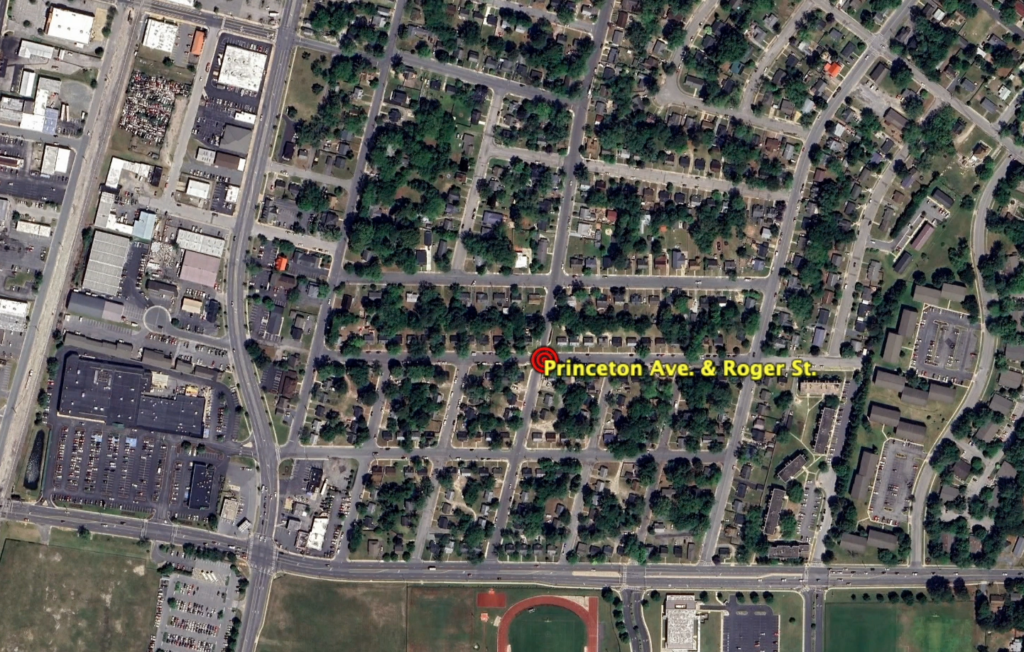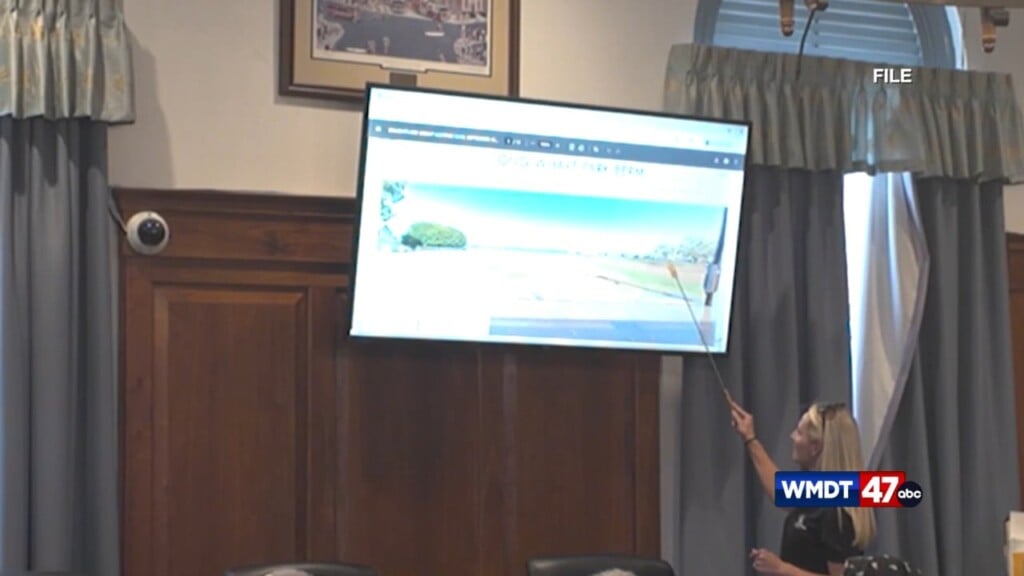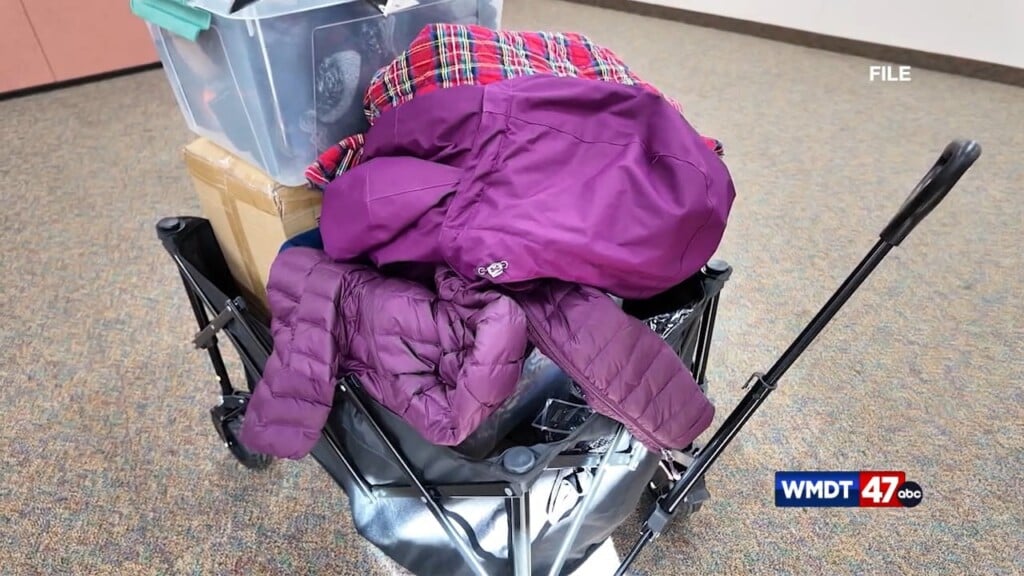988 suicide and crisis lifeline needs more support to continue saving lives
MARYLAND – 988 is the number that many call when they feel they have nowhere else to turn, and are considering taking their own lives in the most extreme cases. As important as a resource that 988 is, policy advocates are calling for more support for the lifeline.
More Work to be Done
Maryland is one of ten states in the nation that is helping to fund the revamped suicide and crisis lifeline. The money comes from a 25 cent fee tacked onto monthly cell phone bills in the state.
“It’s only in the last couple of years that we have seen states start to enact that surcharge,” said Angela Kimball, Chief Advocacy Officer for mental health care policy advocacy group Inseparable. “So, 20% of states, after two years, is not bad progress, but there’s still a ways to go.”
Inseparable worked with analytics firm, McKinsey and Company, to crunch the numbers; they found that Maryland needs 45 mobile crisis response teams to keep up with demand. Currently, only three counties and Baltimore City have teams ready to go.
Mobile Crisis Response Teams Make a Difference
Kimball says the teams help to de-escalate situations, and form rapport with individuals in crisis. The teams can also provide resources for recovery. Ultimately, Kimball says utilizing those teams can help to reduce visits to the emergency room, hospitalizations, and law enforcement involvement in mental health crises.
“It’s very common for people to dial 911 when there is a mental health, susbstance use, or suicidal emergency,” Kimball said. “Law enforcement is trained for safety first, and to think about situations as the potential for threat. The difference with a mobile response team, is you have a behavioral health team that is responding, and they’re coming with the assumption that this is a behavioral health crisis.”
According to the report, one in five fatal police shootings since 2015 have involved people experiencing a mental health emergency nationally. Additionally, the data indicates that in 2017, emergency room costs for people in crisis totaled more than $5 billion across the country. And, more than 80% of phone calls to 988 are resolved over the phone, while 70% of cases that mobile crisis response teams address are resolved in the field.
Opening Up is Hard
Even with those resources available, opening up is hard.
“Suicidal ideations are scary,” said Dr. Heather Brown, Registered Psychology Associate under the supervision of Dr. Samantha Scott at The Child & Family Center. “People don’t want to talk about them because they feel a lot of shame with them. There’s embarassment that comes with it, because they think they should be able to handle these situations.”
Plus, some individuals avoid seeking help with suicidal ideations over fear that they may be hospitalized, Dr. Brown said. “It can be a benefit, just because it can give them a break to get themselves back in order, get support, be link to resources, get started on medications if needed.”
Dr. Brown added that suicidal ideations can come in a spectrum of intensity and detail.
People who are set on taking their own lives may already have a plan in place, or have done research on the methods of doing so. Others, however, may experience it much differently; Dr. Brown says those battling suicidal ideation may also have thoughts about the world being better off without them, for example.
“The difference is, with those individuals, it’s good to check in and take the temperature of where they’re at; see if they’re maintaining working on their depression symptoms,” Dr. Brown said. “[With those who have a plan in place,] you definitely need to step in immediately, call the authorities. Take steps to get that person to a hospital, in a stable situation, so they’re secure and protected.”
988 an Invaluable Resource
988 could be the phone call that those wrestling with suicidal ideations make, which ensures they live to see the start of another day, says Dr. Brown. It’s a safe, secure, and confidential line, available 24/7 365 days a year. And, it’s staffed with experts in support that might not be otherwise available in the moment.
Dr. Brown says one of the most helpful features of the 988 lifeline is that callers can get support tailored to their specific situations. For example, 988 has specialists who will speak with veterans, or members of the LGBTQ+ community.
“Everyone’s problems or situations are not going to be the same,” said Dr. Brown. “So, having that line that’s diverse, I think, is even more important for individuals to understand that they can reach out.”
Building The Final Leg
Ultimately, the support that 988 provides is a three-legged stool, says Kimball: 988 call centers, mobile response teams, and crisis stabilization facilities.
As Kimball explains it, emergency rooms are not always the most suitable place to deescalate a behavioral health crisis; they’re loud, they’re often cramped, and are packed with patients who may need more acute, physical care.
“Crisis stabilization facilities are typically designed to have a living room-like environment; reclining chairs, a more open environment, and behavrioal health staff,” Kimball said. “This is a piece that is being developed all over the country, and it’s the least developed piece.”
Looking Ahead
Looking ahead, Kimball is hoping that Inseparable’s report will prompt a dialogue about 988’s current capacity, and what other support it may need. She’s also hoping for more coordination between 988 and 911, and that insurance providers might help with funding.
“It’s really critical to have diversified financing streams that are going to make it possible for these services to be sustainable, over time,” Kimball said.
Back in Maryland, Kimball thinks the state would do well to pass legislation furthering its support of 988.
“One of the things that we are looking for is legislation that requires data collection, annual reporting, and that system coordination between 988 and 911. And, frankly, [we want] and advisory board that is hearing from people who use the services and system partners,” Kimball proposed. “The whole goal of a 988 crisis system of care is really to help peple get on a path to recovery as quickly, and easily, as they can.”


